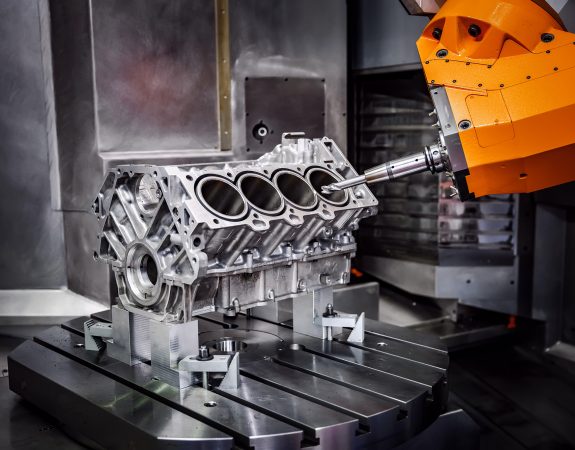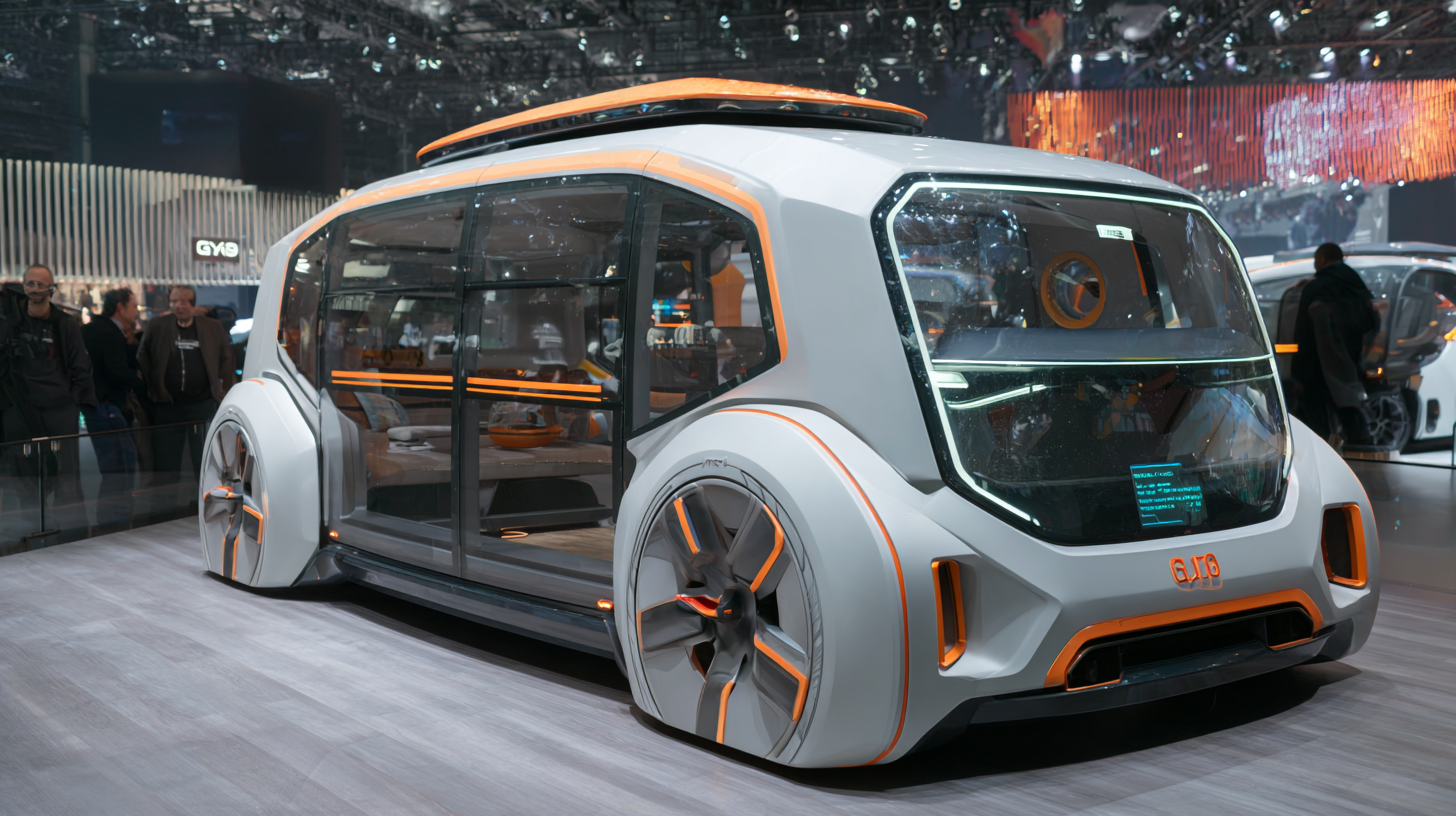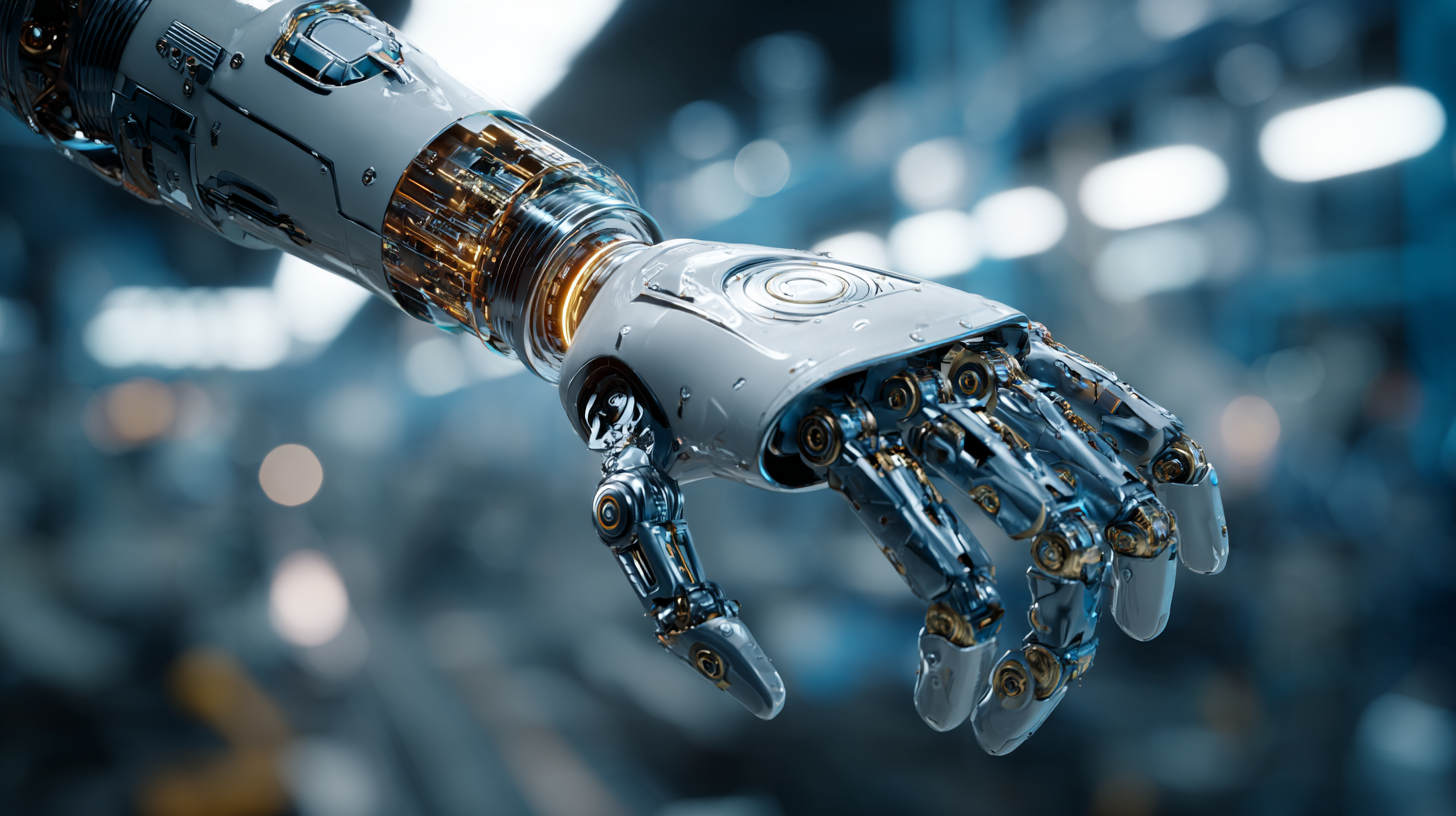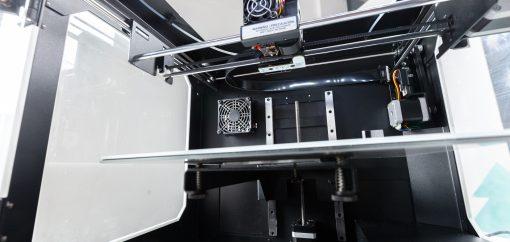
In the rapidly evolving landscape of product development, the concept of "fast prototyping" has emerged as a pivotal strategy for innovation and efficiency. As reported by a recent McKinsey study, companies that adopt agile methodologies, including fast prototyping, can reduce their time-to-market by up to 40%, allowing them to respond swiftly to market demands and consumer feedback. With the global fast prototyping market expected to reach USD 35.9 billion by 2025, driven by advancements in technologies such as 3D printing and cloud-based design tools, understanding the best trends and alternatives becomes essential for businesses aiming to maintain a competitive edge. This ultimate guide delves into the most significant fast prototyping trends shaping the industry and explores innovative alternatives that can enhance the prototyping process, setting the stage for a technological revolution in the years to come.

The fast prototyping landscape is rapidly evolving, driven by advances in technology, material science, and collaborative methodologies. In 2025, we expect to see significant trends that will redefine how prototypes are created and tested. One primary trend is the integration of artificial intelligence in design processes, allowing for smarter, data-driven decisions that enhance creativity and efficiency. AI-powered tools can analyze user feedback in real time, rapidly iterating designs to better meet consumer needs and expectations.
Another key aspect is the rise of 3D printing innovations, particularly in the use of sustainable materials. As environmental concerns grow, manufacturers are increasingly turning to biodegradable and recyclable substances for prototyping. This shift not only reduces waste but also opens new avenues for creativity and functionality in product design. Furthermore, the rise of cloud-based collaboration tools enables multidisciplinary teams to work seamlessly together, regardless of geographic barriers. This synergy fosters a more dynamic prototyping process, allowing for faster iterations and a more holistic approach to product development.
The prototyping landscape is undergoing a transformative shift, fueled by innovative technologies that are redefining traditional processes. As we move towards 2025, advancements in areas such as 3D printing, augmented reality (AR), and artificial intelligence (AI) are emerging as game-changers. These technologies not only enhance the speed and efficiency of prototyping but also enable designers and engineers to visualize their concepts more vividly than ever before. For instance, 3D printing allows for rapid iteration of design ideas, significantly reducing the time from concept to tangible product.
Moreover, the integration of augmented reality into the prototyping process is revolutionizing how teams collaborate on projects. AR allows stakeholders to interact with digital mock-ups in real-time, providing immediate feedback and fostering a more iterative design approach. Coupled with artificial intelligence, which can analyze and predict user interactions, these technologies are helping companies create more user-centric prototypes that not only meet market demands but also anticipate future trends. This technological revolution is paving the way for more agile prototyping methodologies that can keep pace with the fast-evolving landscape of consumer needs.
In today's rapidly evolving technological landscape, the quest for efficient prototyping continues to grow. Traditional methods, such as hand-drawn sketches and physical mock-ups, while foundational, often fall short in speed and adaptability. These practices can lead to prolonged cycles and increased costs, making them less viable for fast-paced development needs. Modern alternatives, including 3D printing and digital simulation, are revolutionizing how designers and engineers approach projects, allowing for quick iterations and immediate feedback.
Tip: Embrace Digital Tools
Utilizing digital prototyping tools can significantly enhance collaboration among team members. Software for 3D modeling enables multiple stakeholders to visualize and interact with a design in real-time, fostering a more inclusive and innovative environment.
Tip: Iteration is Key
Leveraging flexible prototyping methods allows for continual refinement of ideas. Incorporating user feedback early in the design process ensures that the final product aligns with user needs, reducing the risk of costly revisions later on.
As we move towards 2025, the integration of AI-driven tools and virtual reality will likely shape the future of prototyping, making it imperative for designers to stay ahead of these trends.

The rapid evolution of technology, particularly artificial intelligence (AI) and automation, is poised to significantly enhance prototyping efficiency and accuracy in 2025. AI tools are increasingly being integrated into the prototyping process, allowing designers and engineers to seamlessly analyze data, generate innovative designs, and swiftly iterate on concepts. This synergy between AI and design enables teams to make informed decisions faster, optimizing resources and reducing time-to-market for new products. As a result, AI-driven simulations can predict how prototypes will perform in real-world scenarios, minimizing the need for multiple physical iterations.
Moreover, automation plays a crucial role in streamlining production workflows. By automating repetitive tasks such as data entry and component assembly, teams can focus on the creative aspects of design rather than mundane chores. This shift not only accelerates the prototyping cycle but also enhances precision, as automated processes reduce human error. As organizations embrace these technologies, the prototyping landscape is transforming into a more agile and accurate environment, fostering innovation like never before. The intersection of AI and automation creates a fertile ground for developing cutting-edge solutions ready to meet the challenges of an increasingly complex market.
As the prototyping landscape evolves, sustainability has emerged as a crucial consideration for innovators and manufacturers alike. A recent report by McKinsey indicates that 75% of consumers prefer brands that demonstrate commitment to sustainability. This trend is driving companies to explore eco-friendly alternatives in their prototyping processes, ultimately reducing waste and lowering carbon footprints.
 Biodegradable materials and recycled plastics are paving the way for greener prototyping practices. According to a study by the Ellen MacArthur Foundation, the adoption of circular economy principles could cut plastic waste by 80% by 2030. Technologies such as 3D printing with sustainable filaments, like PLA or PHA, are not only efficient but also significantly less harmful to the environment. Furthermore, advancements in digital prototyping tools minimize material wastage and enhance design accuracy, contributing to a more sustainable approach in product development.
Biodegradable materials and recycled plastics are paving the way for greener prototyping practices. According to a study by the Ellen MacArthur Foundation, the adoption of circular economy principles could cut plastic waste by 80% by 2030. Technologies such as 3D printing with sustainable filaments, like PLA or PHA, are not only efficient but also significantly less harmful to the environment. Furthermore, advancements in digital prototyping tools minimize material wastage and enhance design accuracy, contributing to a more sustainable approach in product development.
Incorporating renewable energy sources into the prototyping process can also help companies achieve their sustainability goals. A report from the International Renewable Energy Agency highlights that integrating solar or wind energy can reduce operational costs by up to 30%, while fostering a commitment to environmental stewardship. As we look ahead to 2025, these eco-friendly trends are not merely alternatives but essential components of a responsible and innovative prototyping future.

| Cookie | Duration | Description |
|---|---|---|
| cookielawinfo-checkbox-analytics | 11 months | This cookie is set by GDPR Cookie Consent plugin. The cookie is used to store the user consent for the cookies in the category "Analytics". |
| cookielawinfo-checkbox-functional | 11 months | The cookie is set by GDPR cookie consent to record the user consent for the cookies in the category "Functional". |
| cookielawinfo-checkbox-necessary | 11 months | This cookie is set by GDPR Cookie Consent plugin. The cookies is used to store the user consent for the cookies in the category "Necessary". |
| cookielawinfo-checkbox-others | 11 months | This cookie is set by GDPR Cookie Consent plugin. The cookie is used to store the user consent for the cookies in the category "Other. |
| cookielawinfo-checkbox-performance | 11 months | This cookie is set by GDPR Cookie Consent plugin. The cookie is used to store the user consent for the cookies in the category "Performance". |
| viewed_cookie_policy | 11 months | The cookie is set by the GDPR Cookie Consent plugin and is used to store whether or not user has consented to the use of cookies. It does not store any personal data. |

